Uranus Statistics
| Planetary Symbol: |
 |
Name in Roman/Greek Mythology: |
Uranus/Uranus |
| Diameter: |
51,488 km (32,000 miles) |
Rotation Period about Axis: |
17.24 hrs (retrograde?) |
| Mass: |
86.8x10^24 kilograms (14.5 x Earth's) |
Revolution Period about the Sun: |
84 years |
| Density: |
1,270 kg/m^3 |
Tilt of Axis: |
98o (or 82o?) |
| Minimum Distance from Sun: |
2.7 billion km
(1.7 billion miles) |
Surface Gravity: |
8.69 m/s^2 (0.89 x Earth's) |
| Maximum Distance from Sun: |
3 billion km
(1.87 billion miles) |
Temperature at Cloud Tops: |
-200o C ( -328o F) |
| Orbital Semimajor Axis: |
19.19 AU (Earth=1 AU) |
Average Cloud Top Temperature (K): |
73K |
| Minimum Distance from Earth: |
2.57 billion km
(1.6 billion miles) |
Satellites/Rings: |
known moons, faint rings |
 Uranus Image Archive
Uranus Image Archive
 Comparative Planetary Statistics -- in table form
Comparative Planetary Statistics -- in table form
 Comparative Orbital Statistics -- in table form
Comparative Orbital Statistics -- in table form
 Actual Distance to Earth
Actual Distance to Earth
You might also be interested in:
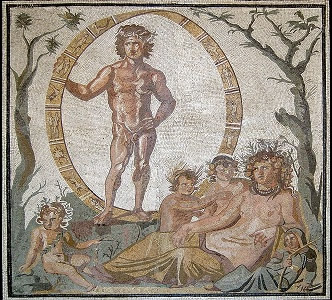
Uranus, which was discovered by William Herschel in 1781, was unknown in ancient times. Astronomers continued the practice of naming planets after deities in Greek and Roman mythology and named this new
...more
It depends on which type of motion you are asking about. If you take a birds-eye view from the top of the solar system all the planets orbit around the Sun in a counter-clockwise (or direct) direction.
...more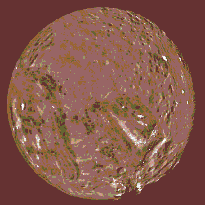
Uranus has // Call the moon count function defined in the document head print_moon_count('uranus'); fascinating moons and a complicated ring system. The ring is a completely different form of ring than
...more
There is a really neat internet program called Solar System Live that shows the position of all of the planets and the Sun for any given day. If you go to that page, you'll see an image similar to the
...more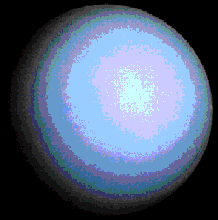
The plain aquamarine face of Uranus confirms the fact that Uranus is covered with clouds. The sameness of the planet's appearance shows that the planet's atmosphere is mostly composed of one thing, methane.
...more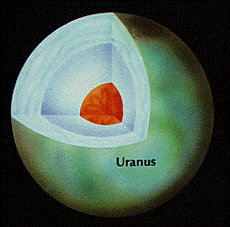
The Giant planets do not have the same layered structure that the earthlike planets do. Their evolution was quite different than that of the earthlike planets, and they have much more gas and ice inside.
...more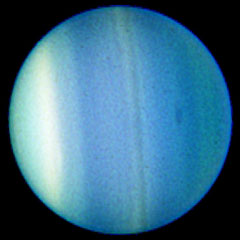
Uranus is the tilted planet. The axis through its North and South Poles is tilted by 98°. In other words, Uranus is lying on its side! That's not all - the magnetic field of Uranus is tilted, too. The
...more
The giant planets have definitely changed since their formation. But how much remains to be seen. Most of the original air of the giant planets remains in place. (The earth-like planets lost most of their
...more

 Comparative Planetary Statistics -- in table form
Comparative Planetary Statistics -- in table form
 Comparative Orbital Statistics -- in table form
Comparative Orbital Statistics -- in table form


 Uranus Image Archive
Uranus Image Archive










